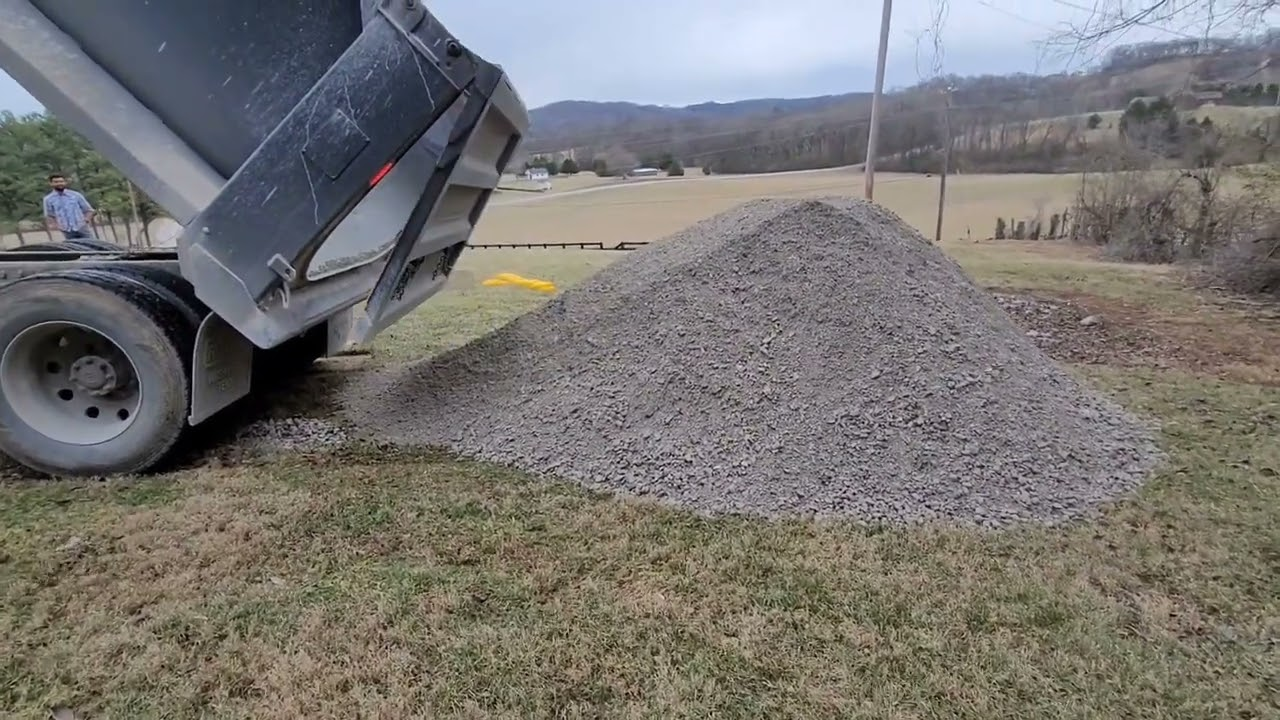How Sand Helps Improve Your Landscape Design and Garden Health?
Sand is often one of the most undervalued materials when it comes to landscaping. Sand holds incredible versatility and value in outdoor spaces. It serves as an essential component whether you are planning a new look for your garden or building strong foundations for hardscape features. Choosing the right sand and gravel delivery service can ensure high-quality options that are suited to specific landscaping needs.
Types of Sand for Landscaping Projects
There are different types of sand that each offer unique properties for specific landscaping purposes. Sand comes from natural mineral breakdown and is often collected from places like beaches rivers and deposits across the country. Each type of sand has distinct uses in landscaping which include fill sand concrete sand masonry sand and garden sand.
Fill Sand
Fill sand is unprocessed and contains clay particles, which makes it a great choice for projects that need a stable foundation. This coarse type of sand is perfect for concrete bases, underground utilities, or even pavers used in pathways or patios because it adds strength and durability.
Concrete Sand
Concrete sand has a rough texture with tiny aggregate pieces which makes it ideal for mixing with cement. This type of sand can be used for creating sturdy walkways constructing outdoor seating areas or providing traction on sidewalks during winter. Concrete sand also works well as a base for pavers in landscaping projects.
Masonry Sand or Play Sand
Masonry sand is a finer type of sand that has a smooth tan color. This sand is often used around play areas or on sports surfaces. It is perfect for high-traffic areas because it does not spread easily to nearby landscapes which helps to maintain a clean outdoor arrangement. This sand can also be used in retaining walls or as a mortar mix for cement and stucco.
Garden Sand
Garden sand is similar to concrete sand but it has smaller particles. It is often used in landscaping projects to improve soil aeration and it helps prevent soil compaction. Garden sand is also commonly used to create borders for flower beds or pathways in landscaping designs.
Applications of Sand in Landscaping Projects
Sand is versatile because it can be used in both soft landscaping and hardscaping. Here is how sand benefits landscaping projects in various ways.
Pathways and Walkways
Sand is often used as a base layer under pavers which provides stability and helps prevent uneven surfaces in pathways or walkways. It offers a long-lasting foundation that is perfect for areas with heavy foot traffic.
Retaining Wall Stabilization
Sand plays a crucial role in building strong retaining walls because it fills gaps between bricks or stones. This sand filling helps create a solid structure that stands strong against soil pressure and weather conditions.
Patio Construction
Using a sand base for patios ensures proper leveling and allows rainwater to seep into the ground instead of pooling on the surface. Sand provides a flexible foundation that helps prevent cracks in the patio structure.
Pool Decks
Sand is a great foundation material for pool decks because it provides stability and a non-slip surface. It is perfect for creating a safe area around the pool that is both sturdy and practical for long-term use.
Garden Paths and Borders
Sand can enhance the look of garden paths and borders by adding a polished and organized appearance. It is a great way to define spaces in the garden and also has practical benefits such as weed control.
Benefits of Sand in Garden Landscaping
Sand provides several important benefits in landscaping and gardening by improving soil quality and supporting healthy plant growth. Below are some of the key advantages of adding sand to garden soil and landscape beds.
Connect with Western Materials to explore various landscaping options and find what is best for your project.
1. Enhances Soil Composition
When soil is too compact it restricts airflow which limits plant growth. Mixing sand into the soil adds a gritty texture that improves drainage and lets plant roots access oxygen easily which leads to healthier plants.
2. Speeds Up Germination
Sand can retain warmth effectively which helps boost seed germination in spring. A thin layer of sand over the soil can speed up the growth of young plants by warming the soil surface.
3. Eases Weed Removal
Adding sand to garden soil makes it easier to dig and pull out weeds because sand loosens the soil and allows you to remove weeds more easily.
4. Establishes Air Pockets
Coarse sand grains create small air pockets in the soil when mixed. These pockets allow oxygen and nutrients to reach plant roots more effectively which also promotes better drainage in the soil and helps prevent plant diseases.
5. Using Sand to Improve Landscape Aesthetics
Sand serves practical purposes but it also enhances the look of outdoor spaces. Sand can be used creatively to design clean and attractive pathways and garden bed borders.
6. Defined Plant Borders
Sand can create clear plant borders, which help keep garden areas organized and prevent plants from spreading into unwanted areas. This simple technique is very effective for maintaining a tidy garden design.
7. Weed Prevention
One lesser-known benefit of using sand between pavers is its ability to reduce weed growth. Sand creates a barrier that makes it difficult for weeds to take root, which helps you avoid the need for herbicides.
Final Thoughts
Sand offers many applications in landscaping and also improves the look of gardens and pathways. You can create durable and attractive outdoor spaces by selecting the right type of sand and incorporating it into your landscape design. Reliable sand and gravel delivery services provide access to quality materials that will help you achieve the best results. You can transform your outdoor area into a space that is both functional and visually appealing with the right sand for each part of your landscape design.



.png)

.png)
.png)


.png)


